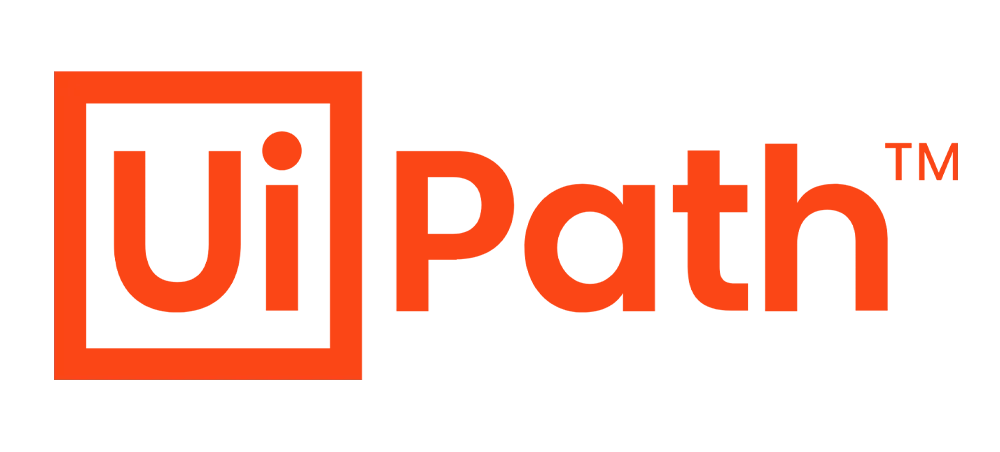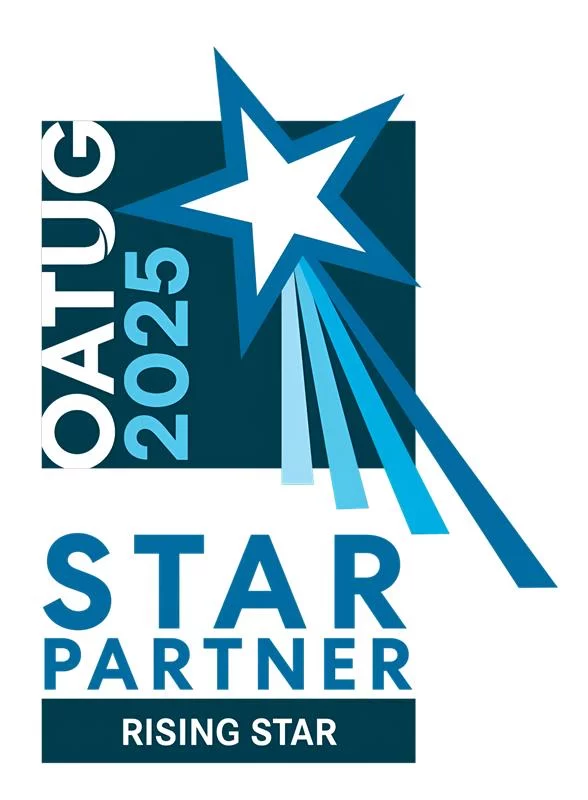



NetSuite Continues to Enhance Supply Chain Software
At its annual SuiteWorld19 conference, NetSuite continued to enhance its SCOPE (Supply Chain Operational Excellence) project that’s been delivering real functionality to customers for a few years and is set to continue.
The SCOPE project started in the fall of 2015 when NetSuite gathered a group of customers at its headquarters and had them map out their supply chains and highlight where their challenges and opportunities were. This drove a hit list of features to build out or enhance – but rather than doing it in isolation, NetSuite included customers in every step of the design, development and testing process ensuring that it would deliver functionality that was actually useful.
In 2017, NetSuite started to release these new features to customers and every six months or so they have been getting a little more. So far, major new features have included:
Inbound Shipment Management
NetSuite WMS
Inventory Status
Quality Management
Supply Chain Snapshot
Automatic Location Assignment
Cross-Subsidiary Fulfillment
Engineering Change Orders
SuitePeople
You can find out more about these features in a previous blog post, NetSuite Adds Supply Chain Features Based on Customer Insights.
Coming next are some really exciting new features:
Supply Chain Control Tower
Customers initially said that the No. 1 thing they needed was a single page from which they could monitor an entire global supply chain and be alerted of actual and potential issues – and be able to resolve them with one click. The new Control Tower feature is the start of this key piece of functionality and will continue to evolve. Using AI and machine learning, customers will be able to predict which orders are going to be late, identify possible workarounds and flag affected orders.
Allocation & Commitment Engine
Of course being able to do all that means that the system needs to know exactly which actual or future inventory it is going to allocate to which demand. In traditional ERP systems, that’s usually part of an MRP run – but NetSuite has built an entirely new allocation and commitment engine that is rules driven and continuous. The system will continually try to optimize how to best use inventory and even help allocate between channels to ensure you meet your desired service levels at all times.
Updated Demand Planning
NetSuite first introduced the demand planning solution around 2011 and has been receiving and listening to feedback on it ever since. NetSuite is now going to launch an entirely new planning engine. It’s going to be a multi-year effort to get this fully launched, but you can expect to see the fruits of this labor relatively soon.
Source of the blog: Netsuite blog
